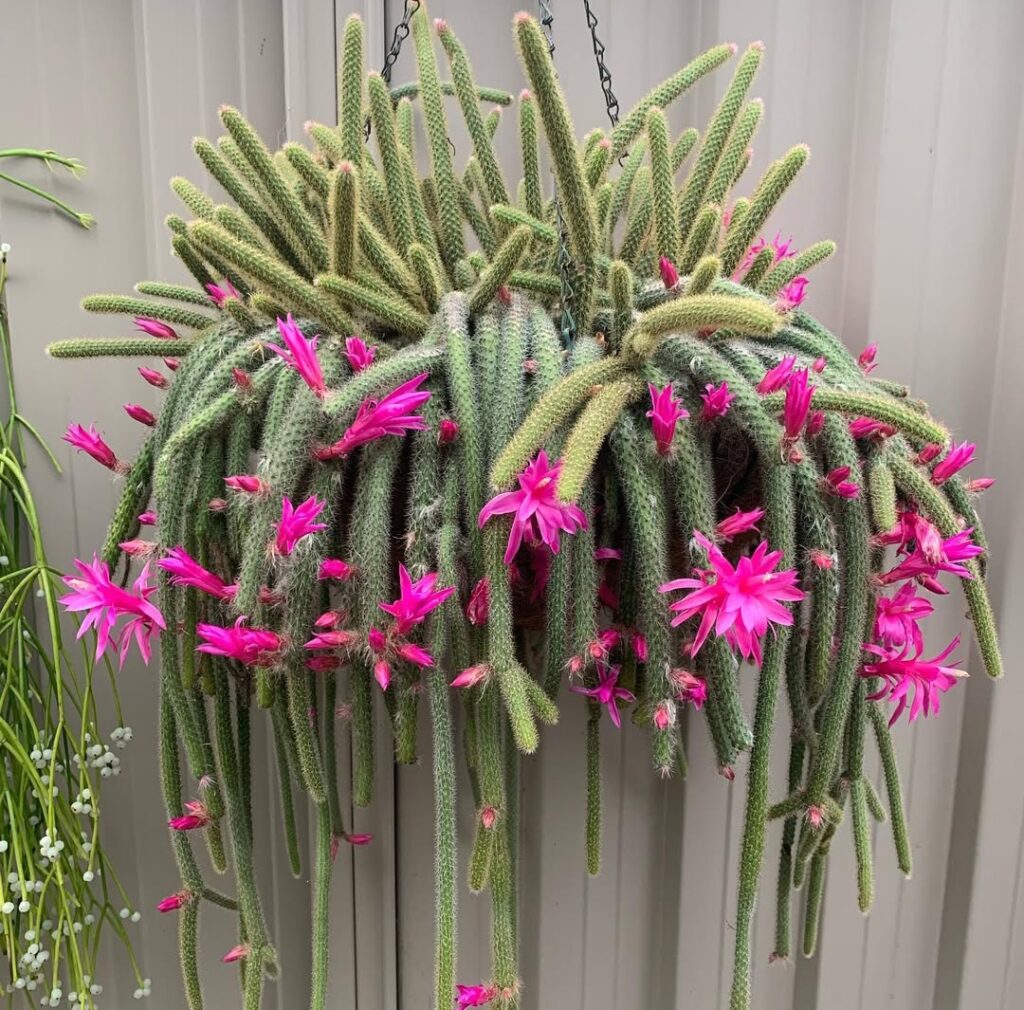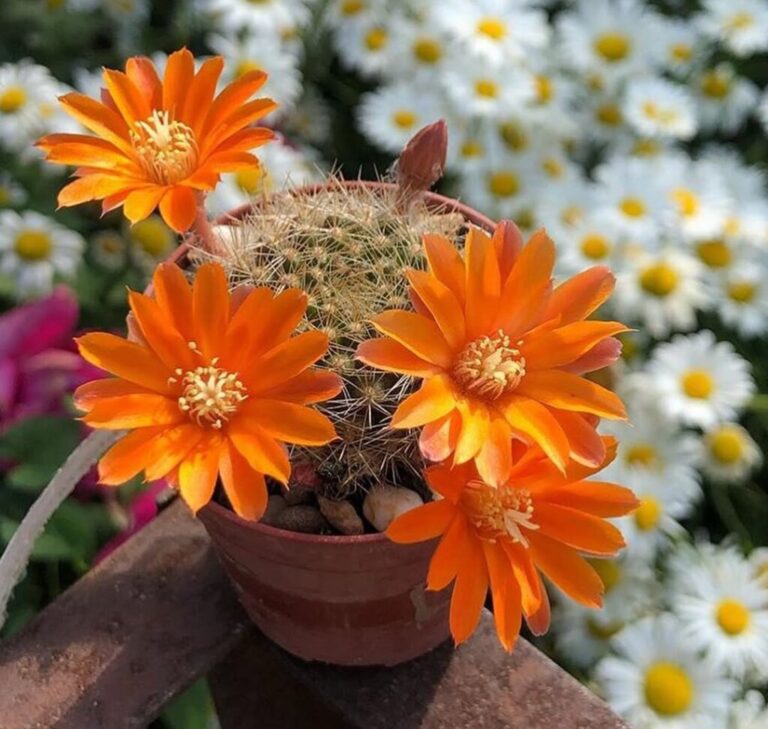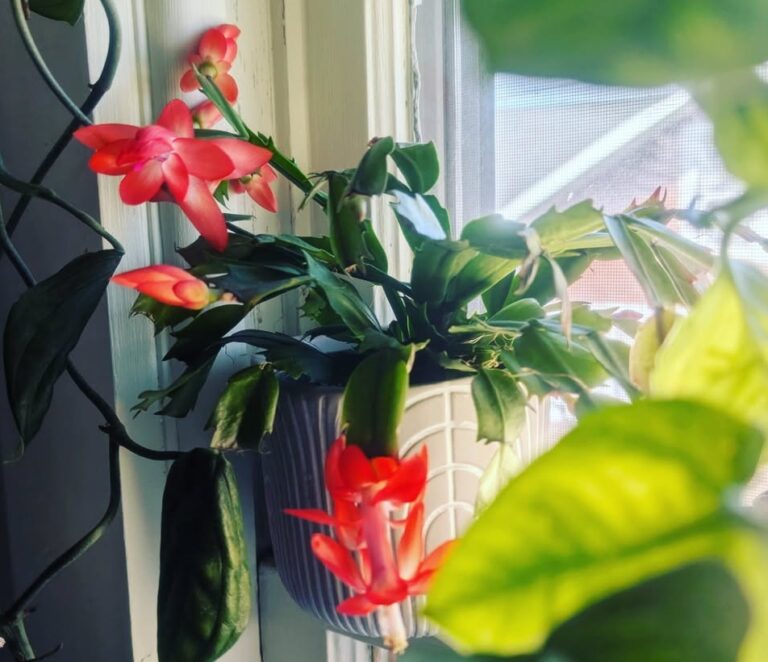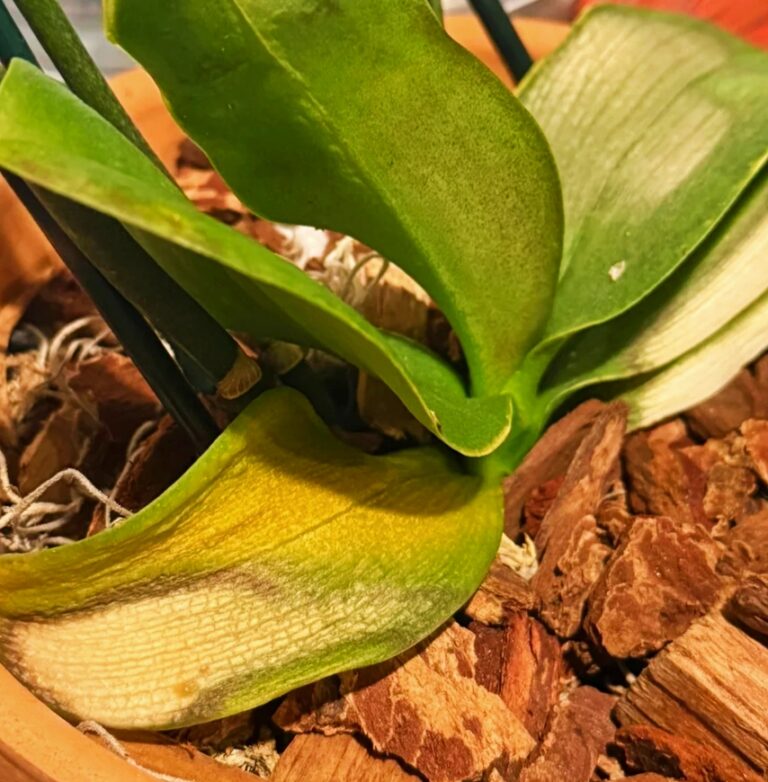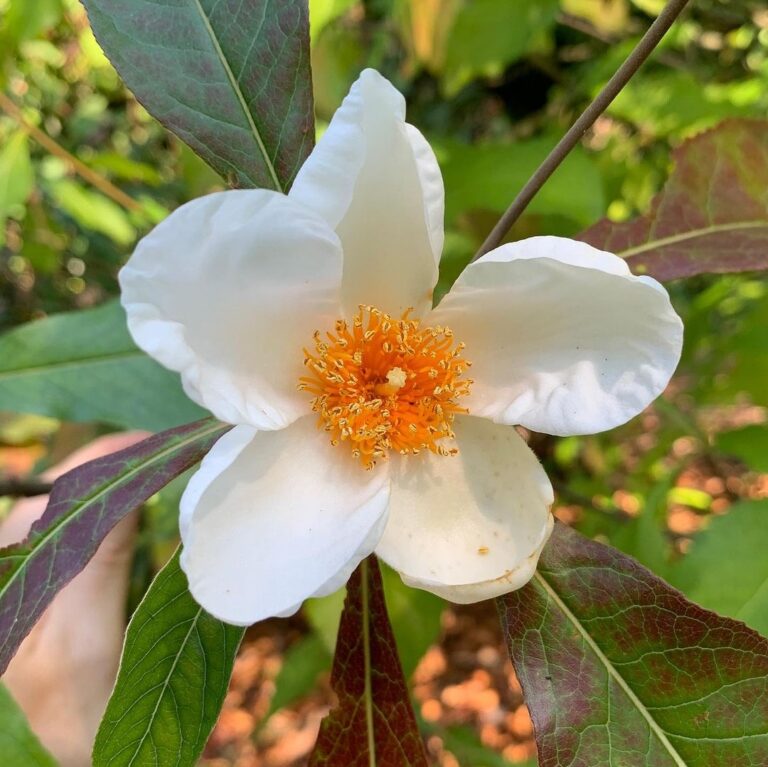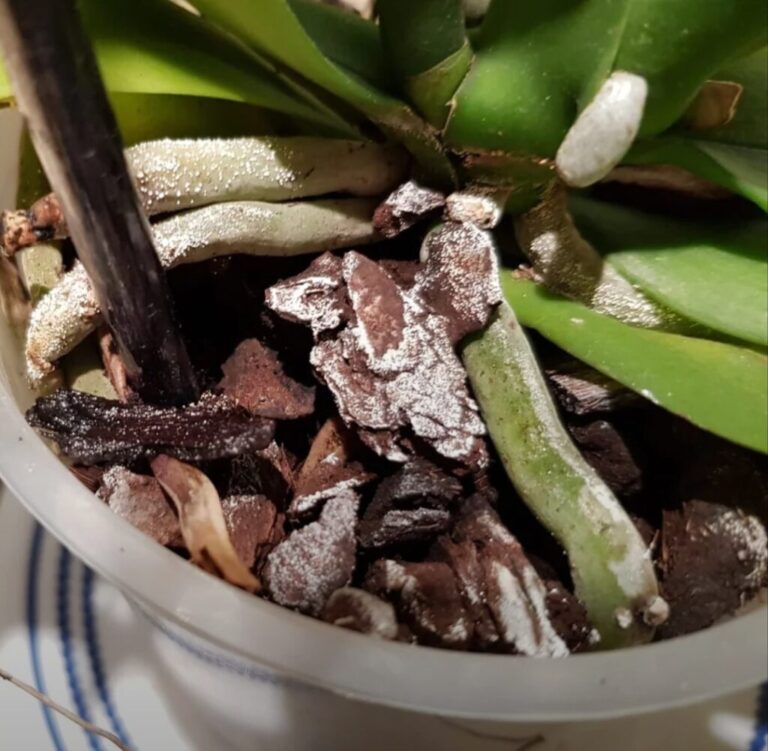The Rat Tail Cactus (Aporocactus flagelliformis) is an exotic, fast-growing succulent known for its long, trailing stems that resemble a rat’s tail. Native to Mexico and Central America, this cactus thrives in arid, rocky environments, where it clings to cliffs and tree trunks. Due to its unique appearance and low-maintenance nature, it has become a popular choice for indoor and outdoor gardening, especially in hanging baskets.
When properly cared for, the Rat Tail Cactus produces striking pink to reddish-purple flowers, turning it into a breathtaking display of cascading color. Whether you are a beginner gardener or an experienced plant enthusiast,
understanding the key aspects of Rat Tail Cactus care will help you achieve stunning growth and vibrant blooms year after year. In this comprehensive guide, we will walk you through 10 expert tips to ensure your cactus thrives, from proper lighting and watering schedules to fertilization techniques and propagation secrets.
Pro Tip:
Place your Rat Tail Cactus in a high-hanging planter or a wall-mounted pot to showcase its trailing stems and allow for optimal air circulation.
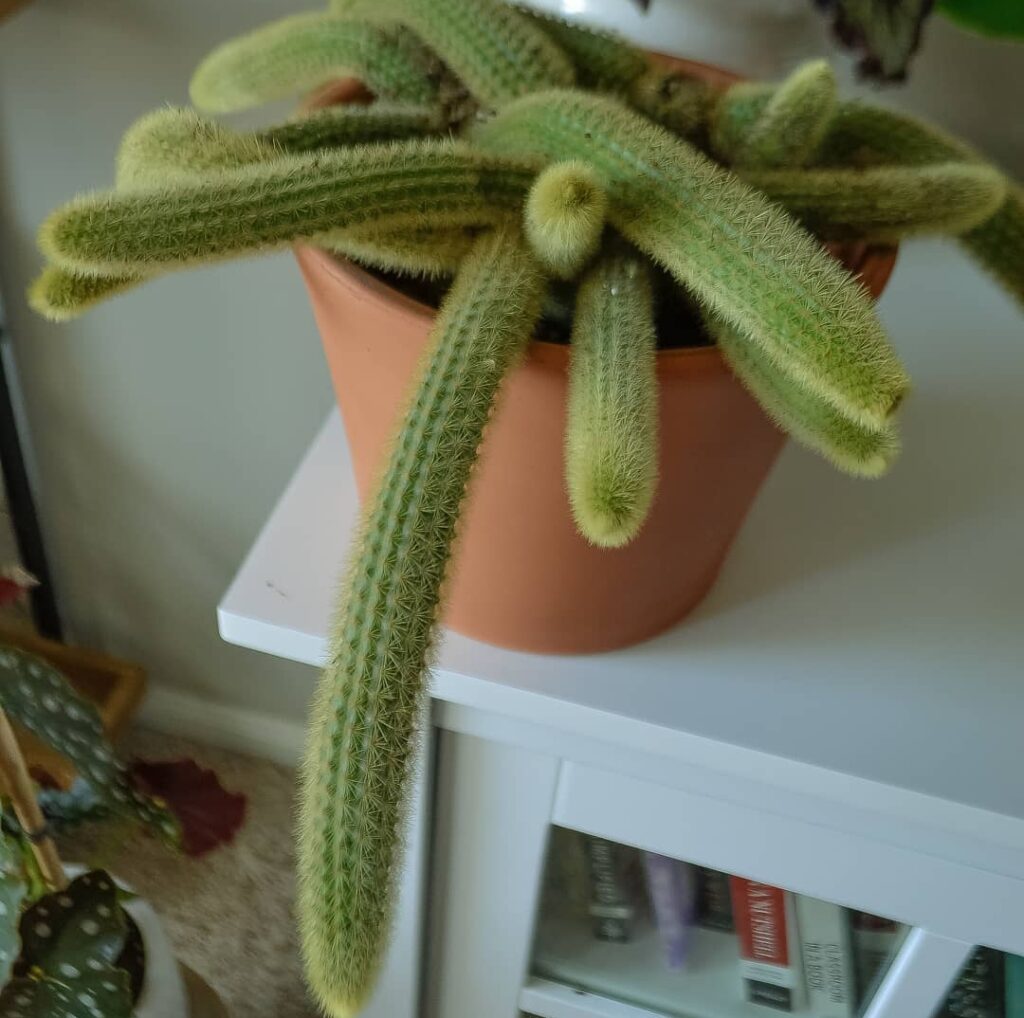
Plant Profile: Rat Tail Cactus (Aporocactus flagelliformis)
| Feature | Details |
|---|---|
| Common Name | Rat Tail Cactus |
| Botanical Name | Aporocactus flagelliformis |
| Family | Cactaceae |
| Native Region | Mexico, Central America |
| Growth Habit | Trailing, cascading stems |
| Light Needs | Bright, indirect to direct sunlight |
| Watering | Moderate in between waterings, let the soil dry. |
| Soil Type | Well-draining cactus mix |
| Temperature | 60–80°F (15–27°C) |
| Humidity | Low to moderate |
| Flowering | Spring to early summer; pink to purple flowers |
| Toxicity | Non-toxic to pets and humans |
1. Provide Bright, Indirect Light
Light is one of the most important factors in ensuring healthy growth for your Rat Tail Cactus. This plant thrives in bright, indirect sunlight but can also tolerate some direct sun exposure, especially in the morning. If grown indoors, the best placement is near a south- or west-facing window where it can receive at least 6 to 8 hours of light daily.
Without adequate light, the cactus may become leggy, weak, and pale in color. Outdoors, this cactus does well on balconies, patios, or garden walls, where it can receive a balance of sun and shade. However, prolonged exposure to harsh afternoon sun can lead to sunburn, causing the stems to turn yellow or brown. If you notice any discoloration or thinning growth, gradually introduce your cactus to more light to help it recover.
Pro Tip:
If growing indoors and natural sunlight is limited, consider using a grow light for at least 10–12 hours daily to support healthy development.
2. Use Well-Draining Soil
Choosing the right soil mix is crucial for preventing root rot and ensuring proper nutrient absorption. The Rat Tail Cactus prefers light, sandy, well-draining soil that mimics its natural habitat. Regular potting soil is too dense and retains excess moisture, which can cause the roots to decay over time. The best option is a cactus or succulent mix, which provides the perfect balance of drainage and aeration.
If you prefer to make your own soil mix, combine 2 parts potting soil, 1 part sand, and 1 part perlite or pumice. These ingredients enhance drainage, preventing water buildup around the roots. A good test to check your soil’s drainage is to water the plant and see if the excess drains out within seconds. If the water pools at the top, consider adding more sand or perlite to improve the soil structure.
Pro Tip:
Use a terracotta or unglazed clay pot with drainage holes to prevent excess water retention and keep your cactus healthy.
3. Water Sparingly but Consistently
Watering is where most beginners go wrong with their Rat Tail Cactus. Unlike tropical houseplants, this cactus follows a soak-and-dry watering routine. This means you should only water when the soil is completely dry. During the growing season (spring and summer), you can water once every 7–10 days.
However, as the temperature drops in fall and winter, the plant enters dormancy, meaning it requires much less water—usually once every 3–4 weeks. Overwatering is the biggest risk with this cactus, leading to root rot and fungal infections. Always check the soil before watering by inserting your finger 2 inches deep—if it feels dry, it’s time to water. If there’s still moisture, wait a few more days before watering again.
Pro Tip:
If you accidentally overwater, let the soil completely dry out before resuming a normal watering schedule to prevent root rot.
4. Maintain Optimal Temperature and Humidity
Temperature plays a significant role in keeping your Rat Tail Cactus healthy and stress-free. This plant prefers warm conditions, ideally between 60–80°F (15–27°C). It can tolerate cooler temperatures down to 50°F (10°C), but prolonged exposure to cold or frost can damage its stems.
If temperatures drop below 50°F, move your cactus indoors or cover it with a breathable cloth to protect it from frost. Humidity should be low to moderate, as excessive moisture in the air can promote fungal infections. If you live in a humid climate, ensure your plant is in a well-ventilated area to prevent mold and mildew growth on the stems.
Pro Tip:
If growing outdoors, bring your cactus inside during cold months to keep it from experiencing temperature shock.
Rat Tail Cactus Care Timetable
| Care Task | Frequency |
|---|---|
| Watering (Spring/Summer) | Every 7–10 days |
| Watering (Fall/Winter) | Every 3–4 weeks |
| Fertilizing | Monthly (Spring & Summer) |
| Repotting | Every 2–3 years |
| Pruning | As needed |
| Pest Check | Monthly |
Final Thoughts
Caring for a Rat Tail Cactus is incredibly rewarding when you understand its needs and growth patterns. With the right combination of light, water, and well-draining soil, your cactus will grow into a stunning, trailing beauty that enhances any indoor or outdoor space.
By following these 10 expert tips, you can ensure vibrant, healthy growth and even encourage stunning pink or purple blooms. Whether you’re a seasoned cactus collector or just starting your succulent journey, this unique plant is a fantastic addition to any home or garden.
FAQs
How much sunlight does a Rat Tail Cactus need?
A Rat Tail Cactus thrives in bright, indirect sunlight for most of the day. While it can handle some morning sun, avoid intense afternoon rays, which can damage its trailing stems. Place your Rat Tail Cactus near a south-facing window to ensure it receives enough light to grow properly
How often should I water my Rat Tail Cactus?
Water your Rat Tail Cactus only when the top few inches of soil are dry to the touch. This cactus is drought-tolerant and doesn’t like soggy roots. Overwatering your Rat Tail Cactus can quickly lead to rot. Use a moisture meter or check manually before watering each time.
What type of soil is best for a Rat Tail Cactus?
The best soil for a Rat Tail Cactus is a well-draining cactus or succulent mix. You can improve drainage further by adding sand or perlite. This ensures your Rat Tail Cactus doesn’t sit in moisture, which could lead to fungal issues or root rot over time.
Can I grow a Rat Tail Cactus indoors?
Yes, a Rat Tail Cactus grows well indoors if placed in a location with bright, filtered light. Make sure your Rat Tail Cactus is near a sunny window, such as east- or south-facing, to mimic its natural habitat. Rotating the pot occasionally helps keep its growth even and full.
Why is my Rat Tail Cactus turning yellow or mushy?
A Rat Tail Cactus that appears yellow, soft, or mushy is likely overwatered or lacking proper drainage. If you notice these signs, reduce watering immediately and check the potting soil. Your Rat Tail Cactus may need to be repotted into fresh, dry cactus mix to prevent further damage.
How do I get my Rat Tail Cactus to bloom?
To encourage your Rat Tail Cactus to bloom, provide lots of bright light, reduce watering in winter, and keep it in a slightly cooler space. Most Rat Tail Cactus plants bloom in late spring or summer with stunning pink or red tubular flowers, especially when cared for consistently year-round.
How long do Rat Tail Cactus blooms last?
Rat Tail Cactus blooms typically last several days, sometimes up to a week. While short-lived, their vibrant color makes them worthwhile. Keeping your Rat Tail Cactus healthy by following seasonal care routines will encourage more blooms over time and help maintain the cactus’s striking appearance throughout the season
